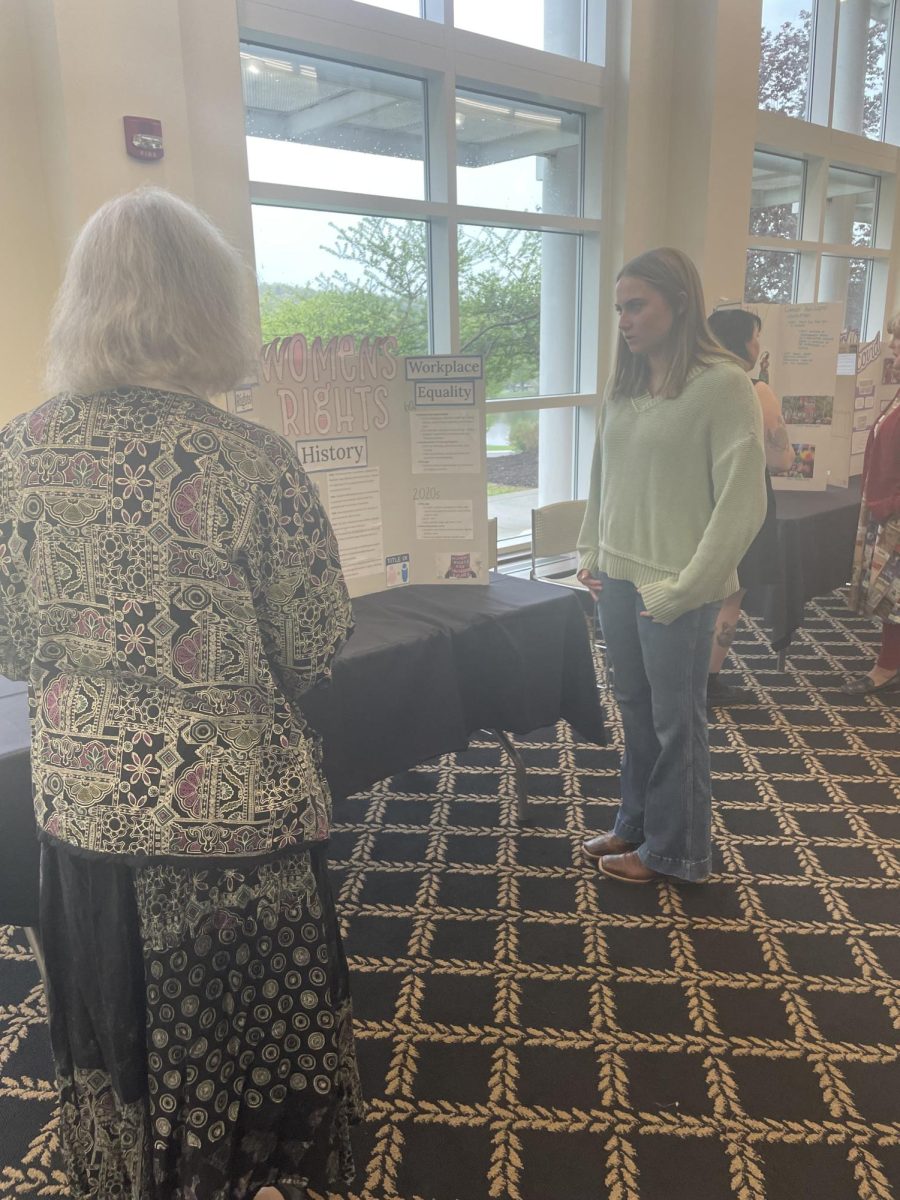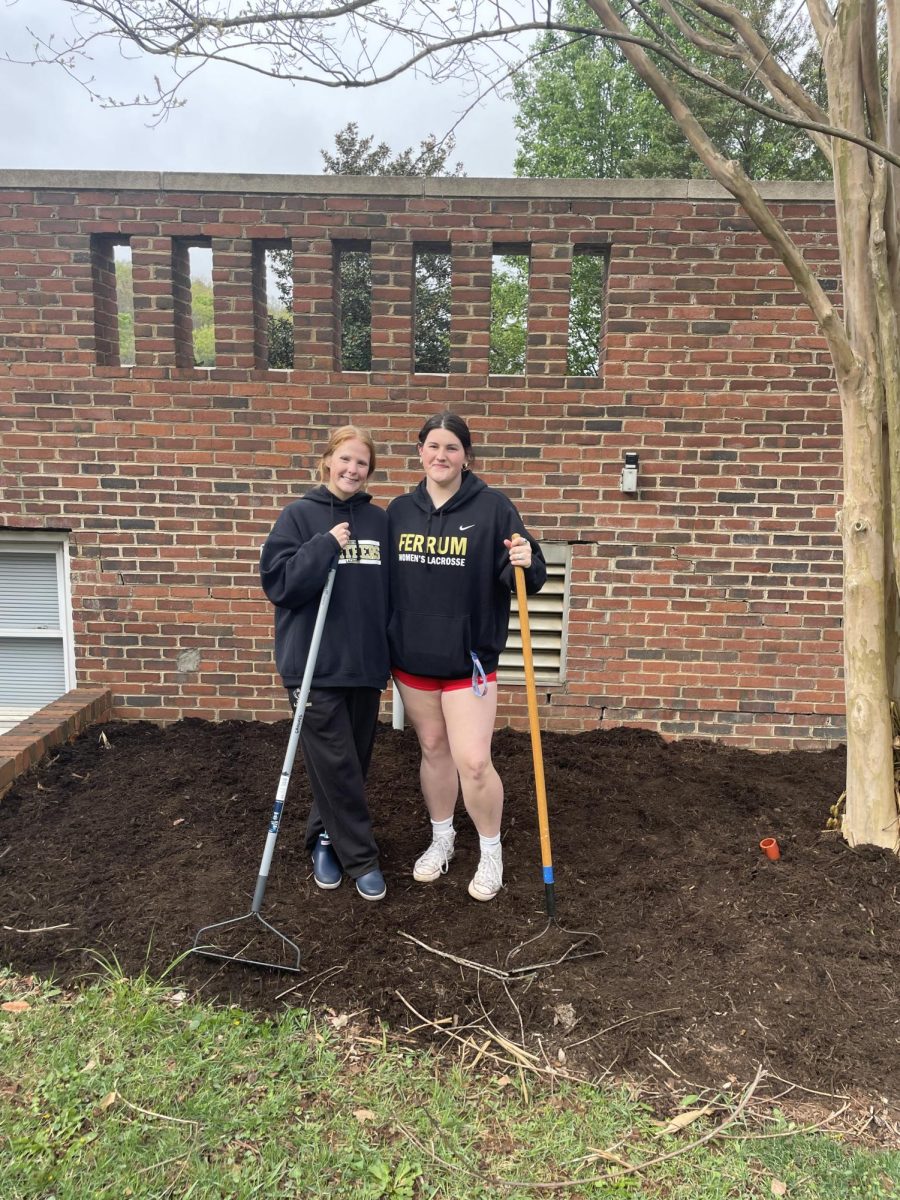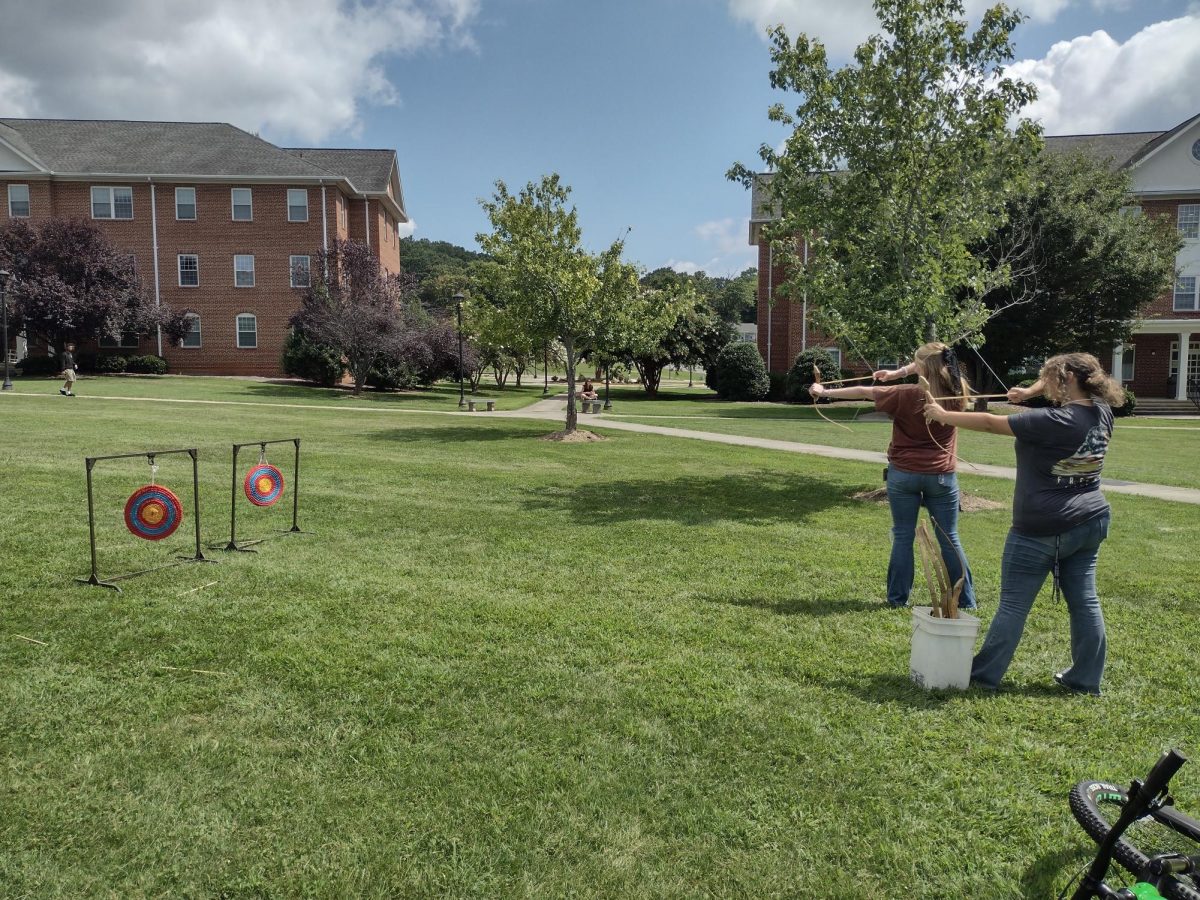It’s a hot August day.
The Aquatic Ecology class meets outside Garber Hall and prepares for the day’s journey–a trip to Smith Mountain Lake for their regular Friday Lab.
The plan is to inspect the water quality of the lake.
Aquatic Ecology Professor Chekka Lash instructs the students to grab their tools and gear and load into their cars. Once there, each student makes their to way to Blue Ridge Plaza and heads to the dock.
Emeritus Professor Bob Pohlad and a senior scientist with the project, is there waiting, along with other helpers from the class, Riley Hines, senior, and Richard Marshall, sophomore.
The class piles in the boat and takes off into the mist of the lake.
The boat sprays water as it cuts through the currents, and the mist cools faces heated by the summer sun.
The class arrives at the site and begins to collect data.
“The objective of the lab was for students to learn techniques for water quality testing and practice the methods we use in the Smith Mountain Lake Water Quality Project,” Lash says.
The class tests the following parameters:
- Water clarity using the Secchi Disc.
- Temperature, Conductivity, Dissolved Oxygen and pH using a Hach and Troll Water Quality Meter
- Algae Diversity and Density using vertical and horizontal plankton tows.
- Quantified E. coli using colilert testing
“Water quality testing is an important aspect of environmental stewardship,” Lash says. “Understanding the health of our water bodies is essential for protecting ecosystems, ensuring sustainable management of our resources, and protecting public health.”
The students each partake in hands-on events at the Lake and produce their own numbers and data to take back and analyze.
Faces lite up as Lash shows the algae sample that was collected. The bottle is a little murky, but it is still evident how much algae is floating.
“The students’ enthusiasm and collaborative spirit were exemplary. It was a pleasure spending the afternoon with them on the boat,” Lash says.
The boat then heads to a near dock with a swim beach attached. The class hastily jumps off the boat to adventure and stretch their legs.
After stretching and taking in all the scene, the class heads back to the dock and campus to analyze the data.
The lake lab was a success and through the data that was analyzed the class determined the Lake had a very low to none E.coli. trace in those waters.














